The Redmi Note 14+ Pro 5G emerges this spring as a potential top contender in the increasingly crowded mid-range smartphone space. The handset brings premium touches to the mid-range segment, combining a 6.67-inch AMOLED display with 120Hz refresh rate, HDR10+, and Gorilla Glass Victus 2 protection.
It runs on the Snapdragon 7s Gen 3, delivering reliable performance and improved AI handling over earlier chips. Photography is handled by a 200MP main camera with OIS and smart image tuning, offering flexibility for everyday and creative shots alike.
A 5110mAh battery supports 120W fast charging, often topping off in under 20 minutes. IP68 water and dust resistance and a reinforced aluminum frame add durability to the mix. With configurations up to 12GB RAM and 512GB storage, it’s positioned as a capable all-rounder for users who want more than the basics without breaking the bank.
How does it fare in real world usage? Read on.
You don’t need to be a power user to appreciate the fluid screen, solid battery, and dependable performance. this one just makes day-to-day use simple.
I’ve been using the Redmi Note 14+ Pro 5G for a few weeks now, and I have to say, it’s been an easy phone to live with. It’s one of those devices that doesn’t scream for attention but quietly surprises you the more time you spend with it. If you’ve been eyeing mid-range phones lately, you’ve probably noticed how packed that segment’s gotten. This one tries to stand out by offering little bits of premium here and there, and I think it mostly pulls it off.
First Impressions and Daily Use
Right out of the box, the Redmi Note 14+ Pro 5G feels nice in the hand. It’s not too heavy (around 190g) and doesn’t feel bulky, even though it’s packing a 6.67-inch screen. The screen’s an AMOLED panel, with a 1.5K resolution and 120Hz refresh rate. It’s crisp, bright, and a joy to scroll through. There was a time where I didn’t really think I cared about refresh rates all that much. That was until I went back to a 60Hz phone. Now? I notice. And thankfully, this one keeps up with most on the market.
That screen’s protected by Gorilla Glass Victus 2, which is usually reserved for more expensive models. I’ve thrown this phone into bags, pockets, and onto a few counters, and so far it’s holding up great. No scratches yet. The back material varies depending on where you buy it, mine came with a smooth matte finish, which I actually prefer over glossy glass.
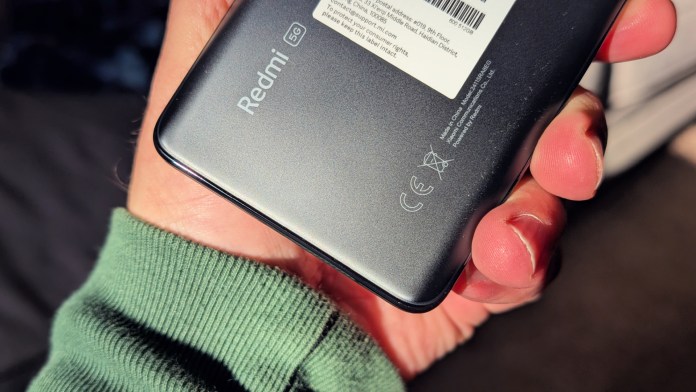
Color-wise, you’ve got options. I tested the Midnight Black version, but there’s Coral Green, Lavender Purple, and depending on where you are, possibly Frost Blue, Titan Black, or even Phantom Purple. The black somehow stands out in a good way; it’s subtle but not boring. Similarly, it’s also about as dark of a gray as one can get without being black. Or so my eyes perceive it.
Design Bits You Notice Over Time
The design leans into the slightly curved edge glass trend, which some folks love and others not so much. Personally, I like the feel of it in hand, even if I occasionally tap the screen with the side of my thumb. It hasn’t been a huge issue. The phone’s frame is aluminum, and the whole thing’s rated IP68, meaning it can handle water and dust better than a lot of other phones in this price range. That’s a big step up from the splash-resistant days of earlier Redmi models.
As far as ports and buttons go, it’s all pretty standard, power and volume on the right, USB-C on the bottom. SIM tray’s there too, and it lets you run either two nano-SIMs or a nano-SIM plus an eSIM, which is a nice bit of flexibility. There’s no SD card slot, so you’ll want to choose your storage option carefully.
One quirky touch I always appreciate is the IR blaster on top. You don’t see this much anymore, especially in phones sold in the US, but it’s handy if you like controlling TVs or air conditioners from your phone. Oh, and dual speakers are here too, which we’ll get into more in a bit.
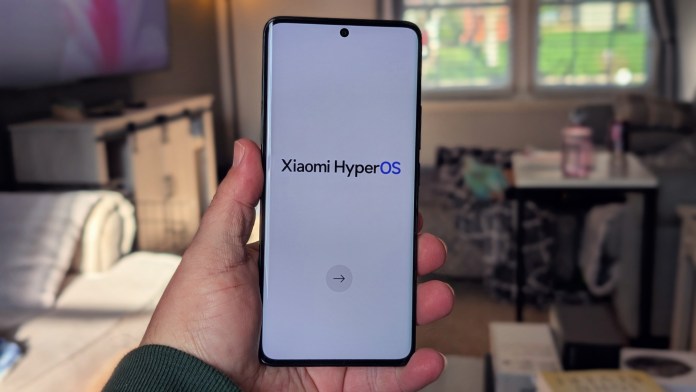
That AMOLED Display: Sharp and Bright
Let’s talk about that display. The 6.67-inch AMOLED panel isn’t just sharp but it’s genuinely nice to look at. We’re talking 2712 x 1220 resolution, which works out to roughly 446 pixels per inch. Text is crisp, videos look great, and games pop without going overboard.
The screen peaks at 3000 nits of brightness. That’s… a lot. I’ve used it outdoors in direct sun, and it holds up way better than I expected. Colors are rich thanks to 12-bit depth (which translates to around 68 billion colors, if you’re counting), and it supports both Dolby Vision and HDR10+, so if you’re watching Netflix or YouTube HDR content, it looks noticeably better.
It’s fast, too. Not just the refresh rate, as touch sampling goes up to 480Hz, which is great for gaming. Swipes feel snappy. Like refresh rates, you probably won’t think about it much until you try a slower display again. You don’t know what you’ve got until it’s taken away.
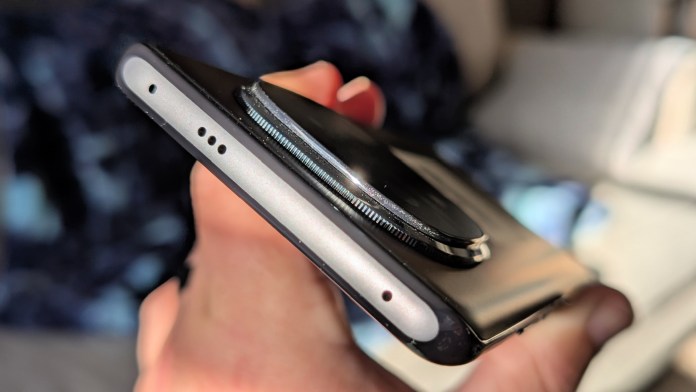
How It Handles: Everyday and More
Inside, you’re looking at the Snapdragon 7s Gen 3 processor paired with either 8GB or 12GB of RAM. Mine came with 12GB and 512GB of storage, which is honestly overkill for my needs, but I’m glad I don’t have to think about running out of space anytime soon.
Performance-wise, it’s smooth. Apps open quickly, multitasking is painless, and it handles games like Genshin Impact decently but you may want to drop the graphics down a notch. For casual games and typical stuff like Instagram, Chrome, or more simple needs, it just hums along. This is where I tend to operate so the stuff I played just sings.
I did check into a few benchmarks, finding results consistent with other phones in the same bracket. It doesn’t quite touch flagship numbers, but you’re not paying flagship prices here either.
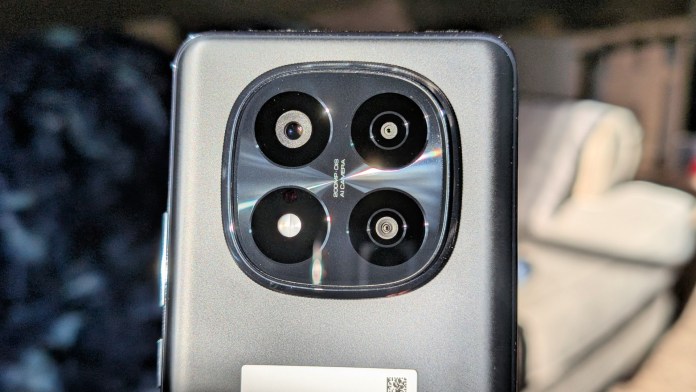
Camera Setup: Plenty of Megapixels, Mostly Smart Decisions
One of the headline features is the 200MP main camera. It sounds like overkill, but it’s using pixel binning to combine pixels into bigger “virtual” ones, so your shots are more manageable and low-light performance improves. It has optical image stabilization (OIS), which helps a lot with shaky hands or walking shots.
The main sensor does great in daylight as photos are sharp, colors are natural, and dynamic range is solid. Night shots are decent too, especially with Night mode on. Don’t expect miracles, but it gets the job done.
There’s also an 8MP ultra-wide with a 120° field of view. It’s useful for landscapes or group shots, though it’s not as detailed as the main sensor. Then there’s the 2MP macro camera. I rarely use macros on my phones, and that didn’t change here.
Video goes up to 4K at 24 or 30fps on the rear. The front camera is 20MP and does 1080p at 30 or 60fps, which is fine for social media or video calls.
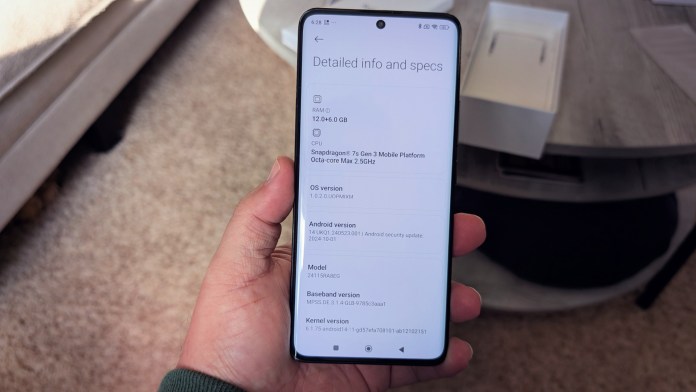
If you’re into AI tools, there’s a lot going on here. Some are already available, like AI beautify and motion tracking while others, like AI Erase Pro and AI Film, are expected through future updates. I’m more of a “point and shoot” person, but if you like to experiment, there’s plenty to dig through.
HyperOS and the Software Side of Things
Redmi ships this phone with HyperOS 1.0, which is built on Android 14. It’s a clean enough interface, though it does come with quite a few preloaded apps. You can remove most of them, but it might take a little time to get things the way you like.
The software itself is responsive and feature-packed. There’s good customization if you’re the kind of person who likes tweaking your phone’s layout, animations, or notification style. I usually spend a week or two fine-tuning my settings after setup, and once I got past the pre-installed stuff, the experience felt solid… and mine.
Xiaomi hasn’t made any long-term promises on updates, but if history’s a guide, I’d expect about three major Android updates and four years of security patches. Not Pixel-level support, but decent enough.
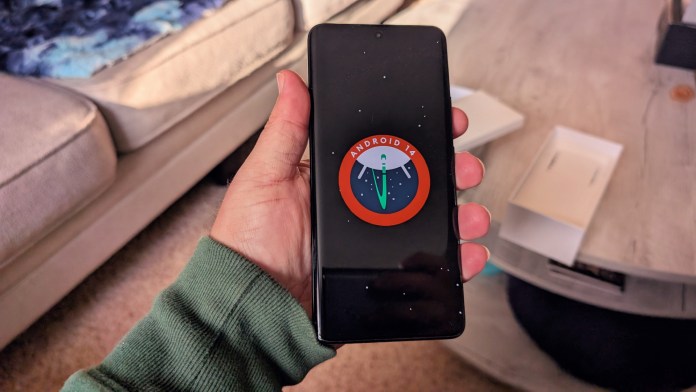
Audio and Extras
The stereo speakers here do a good job. Dolby Atmos is supported, and while you’re not getting room-shaking bass, vocals and highs are clean. Watching YouTube or streaming music sounds better than I expected at this price.
No headphone jack, which is becoming the norm, though I still miss it sometimes. You’ll either need wireless buds or a USB-C adapter. On the upside, it supports high-resolution audio through both wired and wireless options, including Sony’s LDAC and LHDC codecs. Bluetooth 5.4 keeps things stable.
Battery Life: All-Day and Then Some
Battery life’s been great. The 5110mAh battery easily lasts me a full day, even with heavier use. I’ve gotten 10 to 11 hours of screen time a few times, which is better than I expected. It helps that the processor’s efficient and the screen adjusts its refresh rate intelligently.
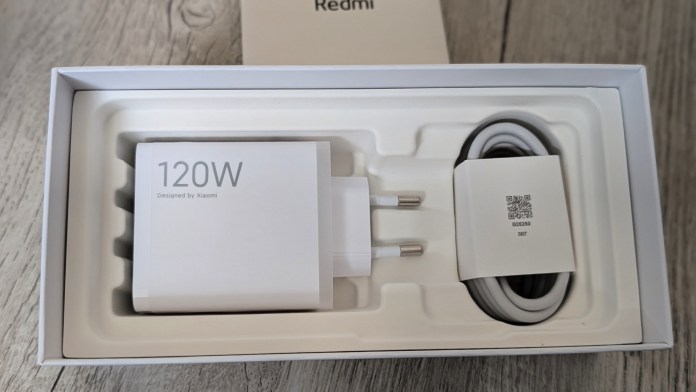
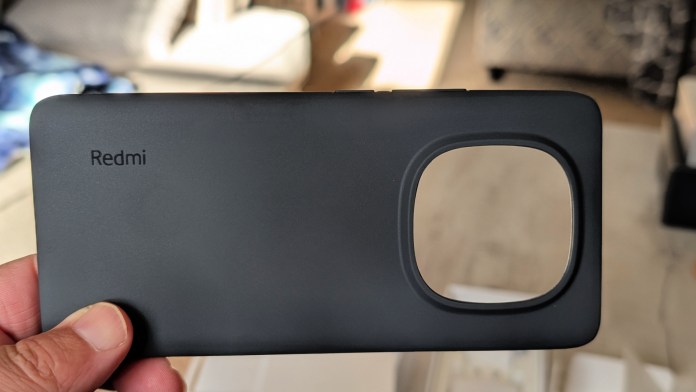
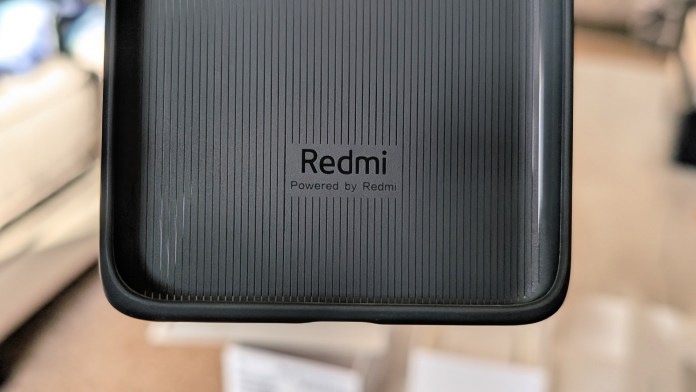
Charging is where things get interesting. The phone supports up to 120W wired charging, though that adapter’s not included in the global version. I used a 45W charger, and it got me from zero to 60-ish percent in about half an hour. With the full 120W, you’re looking at a complete charge in under 30 minutes. This is wild, especially if you’ve been in the smartphone game since day one.
Wireless charging? Nope. That’s one of the trade-offs here. Would I like to see it? Sure. But I’ll take the incredibly fast wired charging as a reasonable trade.
Price and What You’re Really Getting
Depending on where you live, the price floats between $315 and $385. That’s right in the sweet spot for a lot of buyers, and in my opinion, it’s a strong offering for what you’re getting. I’d go as far as to say it’s one of the better value phones I’ve used this year.
Here, you’re getting a sharp, bright display, capable cameras, long battery life, and solid performance. Add in IP68 resistance and a decent software setup, and it checks a lot of boxes. Sure, it’s not perfect, but what is? And taking that one step further, does it come in under $400?
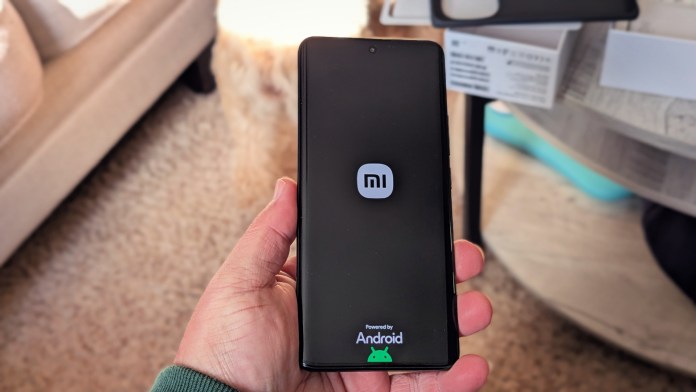
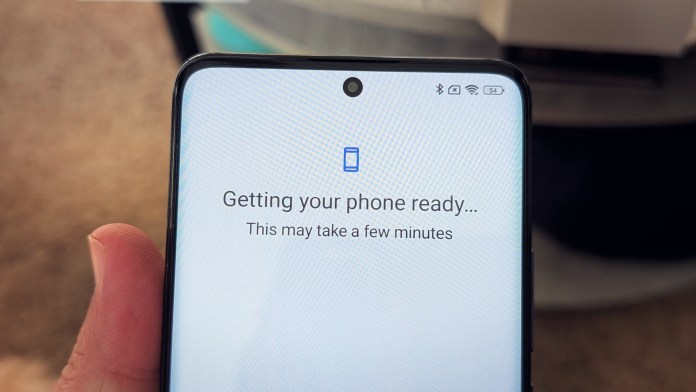
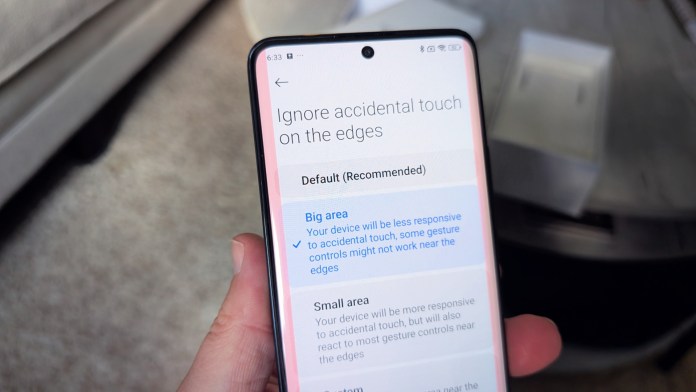

Where It Falls Short
Gaming performance, while fine for me, may not be enough for heavier users. If you’re into high-end mobile gaming, this might not be your top pick. The software setup can be a bit busy at first, and the lack of a headphone jack and expandable storage could turn some people away.
Wireless charging’s omission stings a bit, especially since it feels like a premium device in so many other ways. And depending on your region, you might have to dig a little to find this phone, especially in the US, where Redmi isn’t officially sold.
Quick Comparison: Note 14+ Pro vs Note 14 Pro
If you’re stuck between the Note 14+ Pro 5G and the so-called “regular” Note 14 Pro 5G, the main differences come down to charging speed, chipset, and price. The Pro+ gives you faster 120W charging and the Snapdragon 7s Gen 3, while the standard Pro runs on the Dimensity 7300-Ultra and caps charging at 45W.
Both share the same display, camera system, and IP rating. The Pro+ is a little heavier, but only by a few grams. If you want max performance and faster charging, go Pro+. If you’d rather save a little cash and still get most of the good stuff, the regular Pro is no slouch.

Awarded to products with an average rating of 3.75 stars or higher, the AndroidGuys Smart Pick recognizes a balance of quality, performance, and value. It stands out in design, innovation, and user experience, delivering great functionality at a competitive price.
Final Thoughts
Living with the Redmi Note 14+ Pro 5G has been a mostly pleasant experience. It nails a lot of the core things I care about in a phone: display quality, battery life, and general reliability. It’s not flashy, but it’s dependable and better looking than you might expect.
If you’re shopping in this price range and don’t mind missing out on wireless charging or a headphone jack, this one’s worth your time. You’ll have to do a little legwork to find it if you’re in the US, but for those in other markets, this phone is already within reach, and in more ways than one.
